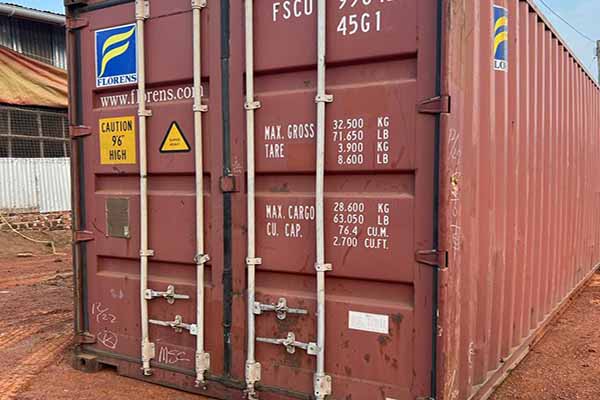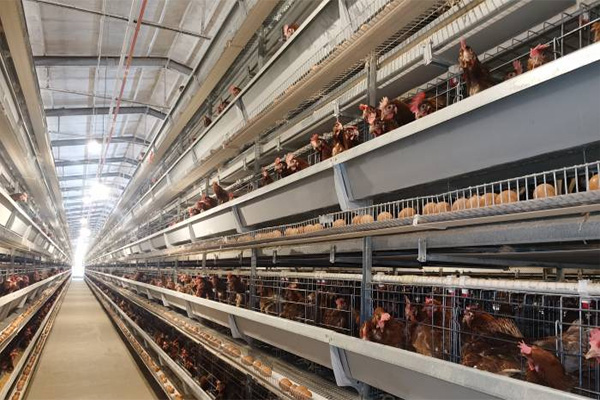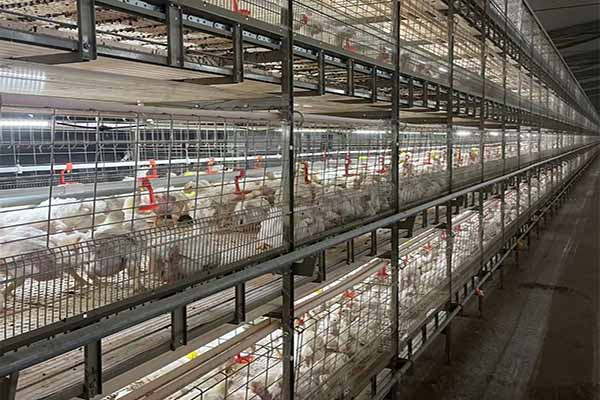Optimizing Layer Cages for 90,000 Birds in Ghana: A Comprehensive Guide
As the poultry industry in Ghana continues to grow, efficient and scalable solutions for raising chickens are crucial. One such solution is the implementation of layer cages for large-scale poultry farming. In this article, we will delve into the best practices for setting up layer cages for a capacity of 90,000 birds, providing valuable insights for poultry farm owners and investors.

Understanding Layer Cages for Large-Scale Operations
Layer cages are designed to provide a comfortable and hygienic environment for laying hens. They are suitable for large-scale poultry farming due to their ability to accommodate a high number of birds in a compact space. Let’s explore the key factors to consider when setting up layer cages for 90,000 birds.
- Cage Size and Design: Ensure that each cage is spacious enough to allow hens to move around comfortably. Typically, a cage should be about 1.2 meters long, 0.6 meters wide, and 0.8 meters high.
- Cage Material: High-quality, durable materials such as steel or galvanized iron are recommended to ensure the longevity of the cages.
- Ventilation and Lighting: Proper ventilation and lighting are essential for the health and productivity of the hens. Automated systems can be integrated to control the ventilation and lighting schedules.
Layout and Capacity Planning
Effective layout and capacity planning are vital for maximizing the efficiency of your poultry farm. Here are some tips to consider:
- Cage Arrangement: Arrange the cages in a logical and efficient manner to minimize the distance between the hens and feed and water systems.
- Manpower Requirements: Ensure that you have sufficient staff to manage the daily operations, including feeding, cleaning, and monitoring the health of the hens.
- Space Utilization: Optimize the use of space by utilizing multi-tiered cages or vertical stacking systems.
Health and Biosecurity Measures
Maintaining the health of your poultry is critical for the success of your farm. Here are some key biosecurity measures to consider:

- Regular Cleaning and Disinfection: Clean the cages regularly and apply appropriate disinfectants to prevent the spread of diseases.
- Health Monitoring: Implement a system for regular health checks and vaccinations to keep the flock in optimal condition.
- Staff Training: Train your staff on biosecurity protocols to minimize the risk of disease transmission.
Case Study: Successful Implementation of Layer Cages in Ghana
A recent case study in Ghana showcases the successful implementation of layer cages for 90,000 birds. The farm owners followed the best practices outlined in this article, resulting in increased productivity and reduced mortality rates.
| Parameter | Before Implementation | After Implementation |
|---|---|---|
| Average Egg Production | 300 eggs/day | 400 eggs/day |
| Mortality Rate | 5% per month | 2% per month |
| Economic Profit | USD 10,000/month | USD 20,000/month |
These results highlight the potential of layer cages in large-scale poultry farming in Ghana.
Conclusion
Implementing layer cages for 90,000 birds in Ghana requires careful planning and consideration of various factors. By following the best practices outlined in this article, poultry farm owners and investors can achieve increased productivity and profitability. For further assistance and to receive a free chicken farm design and equipment quote from LIVI Machinery, please leave a comment below and we will be happy to assist you.

